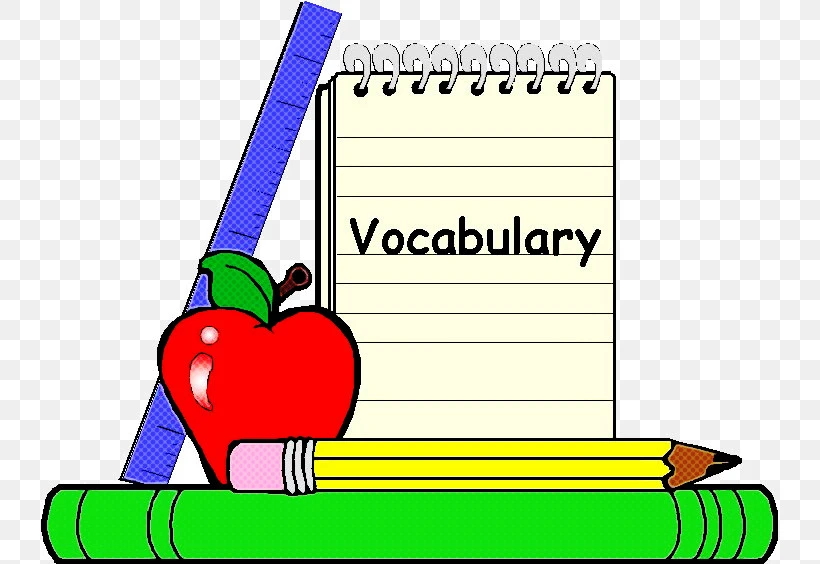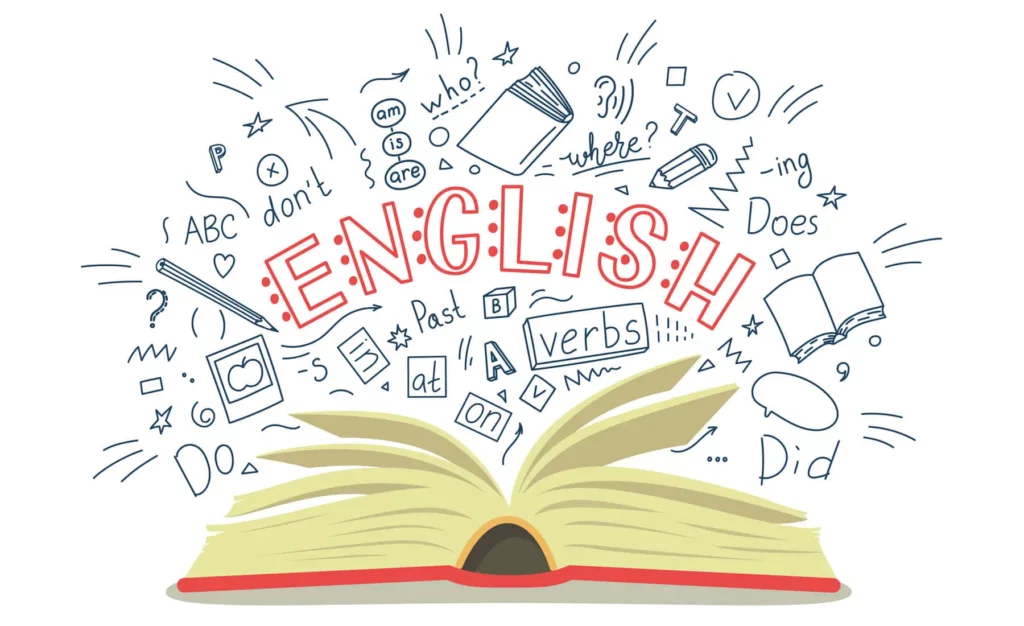This book serves as a valuable asset for educators striving to enhance reading comprehension skills in students facing learning challenges. It provides an in-depth exploration into various skills and strategies employed by proficient readers to comprehend text, illuminating a path for struggling students to develop these crucial abilities. The book’s focus on practical, research-backed recommendations makes it a highly useful tool in a classroom setting, bridging the gap between academic theory and real-world application.
A distinctive feature of this resource is the variety of effective assessment procedures it presents, enabling educators to gauge students’ reading comprehension skills accurately. By applying these assessments, teachers can identify areas of difficulty and tailor instruction accordingly. Also included are unique strategies to enhance vocabulary instruction and educate students about different text structures, both of which are foundational elements of reading comprehension.
Understanding Reading Comprehension

Reading comprehension is a multifaceted cognitive process that is crucial to literacy development and academic success. It involves decoding written words, understanding their meanings, and integrating this new information with existing knowledge. Teaching reading comprehension, especially to students with learning difficulties, can be complex, requiring a diverse array of strategies and approaches that address individual learning needs.
Teaching methods aiming to enhance reading comprehension must include instruction about different text structures. This helps students recognize patterns, understand how information is organized, and find meaning in the text more effectively. Additionally, the development of a robust vocabulary is foundational to understanding and interpreting diverse texts. By incorporating comprehensive vocabulary instruction, educators can significantly improve their students’ ability to comprehend complex reading materials.
Assessment procedures also play a pivotal role in teaching reading comprehension. By frequently and accurately gauging students’ comprehension skills, educators can identify areas where students struggle, making necessary adjustments in teaching methods or instructional materials. These assessments help create a tailored learning experience, making teaching reading comprehension more effective, especially for students facing learning challenges.
Skills and Strategies of Proficient Readers

Reading comprehension is a complex, yet crucial skill that forms the foundation for learning across all academic subjects. It involves the ability to decode written words, understand and interpret their meanings, and integrate this new information with existing knowledge. This cognitive process is essential for students to grasp concepts, make connections, and apply learned knowledge in different contexts. For students with learning difficulties, achieving proficiency in reading comprehension can be particularly challenging, necessitating the need for specialized teaching methods.
In the realm of teaching, the primary goal is to enhance students’ reading comprehension skills, especially for those grappling with learning difficulties. A multifaceted approach is required, providing instruction about different text structures, facilitating the development of a robust vocabulary, and conducting frequent and accurate assessments. Understanding text structures equips students to recognize patterns, understand how information is organized, and extract meaning from the text more effectively. Simultaneously, a comprehensive vocabulary is critical in interpreting diverse texts, enabling students to understand and analyze complex reading materials.
Assessment procedures play a pivotal role in the teaching process, particularly in the context of reading comprehension. Regular and accurate evaluations of students’ comprehension skills allow educators to identify areas where students are struggling. This information is invaluable, enabling teachers to make necessary adjustments to their teaching methods or instructional materials based on individual learning needs. Such a tailored approach to teaching reading comprehension has been shown to be significantly more effective, especially for students with learning difficulties.
Challenges Faced By Struggling Readers

Reading comprehension is a crucial aspect of academic success, playing a pivotal role in every subject a student undertakes. It is the ability to process text, understand its meaning, and integrate it with what the reader already knows. However, for students grappling with learning difficulties, enhancing reading comprehension can pose a significant challenge. Therefore, educators must employ a range of teaching strategies and methods specifically designed to support these students.
Teaching reading comprehension involves a multifaceted approach, one that understands and accommodates the individual learning needs of students. Instruction about different text structures is vital as it helps students recognize patterns, thus aiding in understanding how information is organized. This, in turn, allows them to extract the meaning from the text more efficiently. Moreover, facilitating the development of a robust vocabulary enhances their ability to interpret diverse texts. This holistic approach to teaching not only improves comprehension but also fosters a love for reading, encouraging students to engage more deeply with the text.
Assessment procedures also form an integral part of the teaching process. Through regular and accurate evaluations of students’ comprehension skills, educators can pinpoint areas where students are struggling. This insight provides an opportunity for teachers to adjust their teaching methods or instructional materials based on individual learning needs. Ultimately, this tailored approach to teaching reading comprehension significantly improves the learning experience, particularly for students with learning difficulties, paving the way for their academic success.
Effective Assessment Procedures

Reading comprehension is a critical ability, underpinning success across all academic disciplines. It’s the intricate process of decoding written words, understanding their individual and collective meanings, and integrating this information with existing knowledge. This skill allows students to interpret, analyse, and draw conclusions from the text, ultimately leading to a deeper understanding of the subject matter. However, teaching reading comprehension, particularly to students with learning difficulties, can be a complex task that requires diverse, tailored strategies.
Teaching methods that aim to enhance reading comprehension encompass various instructional approaches, each targeted at different facets of comprehension. Knowing how to differentiate instruction according to individual learning needs is a cornerstone of effective teaching. For instance, teaching about different text structures can help students recognize patterns, improve their understanding of how information is organized, and extract meaning more efficiently. This forms a solid basis for comprehension. Furthermore, promoting the development of a robust vocabulary is critical. A rich vocabulary enables students to decipher and interpret diverse texts, enhancing their comprehension skills significantly.
May Help You:
Enhancing Linguistic Skills with The Vocabulary Builder Workbook: A Comprehensive Guide to Word Mastery
Mastering Business: Amplify Your Impact with Effective Writing Techniques
Assessment procedures also play a crucial role in teaching reading comprehension. Regular and precise evaluation of students’ comprehension skills allows educators to pinpoint areas of struggle. With this insight, teachers can make the necessary adjustments in teaching methods or instructional materials, effectively tailoring the learning experience to individual needs. This tailored approach to teaching reading comprehension has proven to be significantly more effectual, particularly for students with learning difficulties.
Tailoring Instruction Based on Assessment Results

Reading comprehension is undeniably a foundational academic skill, vital for success in every field of study. As educators, the challenge lies in fostering this ability amongst a diverse group of learners, particularly those facing learning difficulties. The ultimate goal is to not only teach students how to understand and interpret textual material but also to instill in them a love for reading. Thus, teaching reading comprehension goes beyond just understanding words and sentences; it involves imparting the ability to connect those words and sentences to prior knowledge, to infer meaning, and to apply the gained knowledge to other aspects of one’s life.
Teaching strategies play a critical role in enhancing reading comprehension. Inclusivity, adaptability, and individual focus should be the cornerstone of these strategies, ensuring that the unique learning needs of each student are met. Instruction about different text structures is a key element, which helps students to recognize patterns, thus facilitating a deeper understanding of how information is organized. This, coupled with the development of a robust vocabulary, enables students to decipher and interpret diverse texts, thereby significantly improving their comprehension skills.
However, the effectiveness of teaching strategies largely depends on accurate and timely assessment procedures. Regular evaluations of students’ comprehension skills allow educators to identify areas of struggle and gaps in understanding. They provide valuable insights into the learning progress of each student, facilitating necessary adjustments in teaching methods or instructional materials. Teachers can then tailor their instruction based on these assessment results, ensuring that each student’s learning experience is personalized and effective. This comprehensive approach to teaching reading comprehension not only enhances the learning process but also fosters academic success, particularly for students with learning difficulties.
Enhancing Vocabulary Instruction

Reading comprehension is more than just understanding text; it is a multifaceted skill that involves decoding, interpreting, and integrating written words with prior knowledge. This skill is critical to academic success across all disciplines. Hence, the role of teaching in enhancing reading comprehension cannot be overstated. Effective teaching strategies need to incorporate a variety of instructional approaches that focus on different aspects of comprehension, from understanding text structures to vocabulary enhancement.
Teaching reading comprehension requires a tailored, inclusive approach that caters to the diverse learning needs of students. A critical component of effective teaching lies in the recognition of individual learning needs and the differentiation of instruction accordingly. For instance, instruction about text structures and patterns can significantly improve how students organize and interpret information. Similarly, a strong emphasis on vocabulary development can empower students to decode and understand a broader range of texts, thereby enhancing their overall reading comprehension skills.
However, the success of teaching strategies is highly dependent on regular and accurate assessment procedures. Assessments provide valuable insights into students’ comprehension skills and identify areas needing improvement. With this information, teachers can adapt their methods and materials to better suit each student’s unique needs. Regular adjustments based on assessment results ensure that the teaching of reading comprehension remains effective and individualized, fostering academic success and a love for reading among students, especially those with learning difficulties.
Understanding Different Text Structures

Understanding different text structures is a fundamental aspect of teaching reading comprehension. This involves learning how information within a text is organized, which can be immensely beneficial for students. It allows them to identify key ideas, understand the context, and follow the logical flow of information. When students grasp the structure of a text, they can easily make predictions about what might come next, making the reading process more engaging and interactive. Teaching this skill requires deliberate effort on the part of educators, who must expose students to a wide variety of text structures and guide them in recognizing and understanding these patterns.
Effective teaching of reading comprehension also relies on the development of a robust vocabulary. Words act as the building blocks of comprehension, allowing students to decode, interpret, and derive meaning from texts. A rich vocabulary broadens students’ understanding of texts, empowering them to engage with a diverse range of written materials. Teaching vocabulary, therefore, goes beyond simply learning new words. It involves understanding word usage, context, and synonyms, which can greatly enhance comprehension skills.
Of course, the cornerstone of successful teaching lies in the ability to adapt instructions based on individual learning needs and to accurately assess comprehension skills. Assessment procedures provide educators with valuable insights into a student’s progress, highlighting areas that need improvement. Teachers can then tailor their teaching methods or instructional materials based on these insights, ensuring an effective and personalized learning experience. In essence, teaching reading comprehension is a dynamic process that requires an understanding of different text structures, vocabulary enhancement, and regular assessments.
Instructional Practices for Comprehension

Reading comprehension is a complex cognitive process that requires students to understand, interpret, and analyze text. It is a foundational skill that significantly impacts academic success across all disciplines. The teaching of this skill requires a multi-faceted approach that addresses all components of comprehension, ensuring that students can effectively decode and integrate written words with their prior knowledge. Teachers play a crucial role in facilitating this process, employing a variety of instructional strategies that cater to diverse learning needs. It is through this targeted instruction and support that students truly cultivate their reading comprehension skills.
Teaching strategies for reading comprehension often involve a strong emphasis on the understanding of different text structures and vocabulary enhancement. Exposure to a wide variety of text structures allows students to recognize patterns and understand how information is organized, enhancing their ability to predict, analyze, and draw conclusions from the text. Similarly, a robust vocabulary is a key enabler of reading comprehension. It empowers students to decode and interpret a broader range of texts, thereby strengthening their overall comprehension skills. To this end, teaching vocabulary should go beyond the learning of new words, encompassing understanding of word usage, context, and synonyms.
Yet, the effectiveness of teaching strategies for reading comprehension largely hinges on accurate and timely assessments. Assessment procedures provide critical insights into students’ comprehension skills, identifying areas of struggle and gaps in understanding. This information allows teachers to adjust their methods or instructional materials to better suit each student’s unique needs. Regular adjustments based on assessment results ensure the teaching of reading comprehension is both effective and individualized, fostering academic success and a love for reading among students, especially those with learning difficulties.
Applying Theory to Practice

Reading comprehension is a vital academic skill, and teaching it effectively requires a deep understanding of different text structures, vocabulary development, and regular assessments. In practice, educators must utilize a range of strategies to teach these components of reading comprehension. The comprehension process involves not only recognizing words on a page but also understanding their context within the text, relating it to prior knowledge, and interpreting the underlying message. It’s this multifaceted nature of reading comprehension that makes its teaching a complex, yet rewarding task.
Teaching methods for reading comprehension should be dynamic and responsive to the individual learning needs of students. One size does not fit all, and it’s essential that educators tailor their teaching strategies to suit the diverse needs of their students. This individualized approach can significantly enhance a student’s ability to understand and interpret texts. It’s equally important that educators consistently track and assess their students’ progress, making necessary adjustments to their strategies based on the insights gleaned from these assessments.
Finally, the practical application of teaching reading comprehension should go beyond the classroom setting. Encouraging students to apply the skills they have learned in their everyday lives can greatly reinforce their understanding and appreciation of reading. This real-world application could involve reading newspapers, books, or even digital content. By incorporating reading into their daily routines, students can gradually improve their comprehension skills, leading to better academic performance and a lifelong love for reading.


Good luck